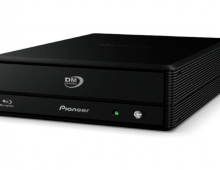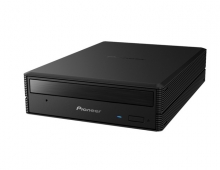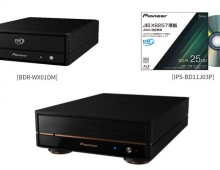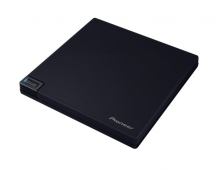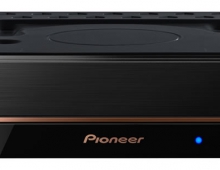
Pioneer And Otsuka Medical Devices To Work On New Medical Endoscope Technology
Otsuka Medical Devices Co., Ltd. and Pioneer have reached an
agreement to form a business alliance for the joint development of
an endoscope for medical use.
Toward the commercialization, Pioneer intends to make use of its
ultra-sensitive imaging technology based on HEED-HARP technology to
develop a camera unit of Medical Endoscope jointly with OMD, and
OMD plans to sell the Medical Endoscope using this camera unit
worldwide.
HEED-HARP technology employs an image sensor that combines the High-efficiency Electron Emission Device (HEED), a thin electron-source array developed by Pioneer, with the High-gain Avalanche Rushing amorphous Photoconductor (HARP), an ultra-sensitive, photoelectric conversion film primarily developed by the Science & Technology Research Laboratories of the Japan Broadcasting Corporation (NHK).
The HEED technology has the ability to stably release electrons at a low drive voltage via a planar cold cathode electron source, which was discovered by Pioneer. The device is a high-efficiency, active drive-type electron-source array that has been integrated with LSI driven circuits.
The HARP provides high-sensitivity that enables vivid image capturing under dim lighting conditions equivalent to a moonlight night.
Applying HEED-HARP technology in devices such as ultra-thin diameter endoscopes and wireless endoscopes enables the clear imaging of objects under dim lighting conditions.
Through this alliance, both companies plan to move forward with the development of a minimally invasive Medical Endoscope to reduce patients' physical burden from surgery.
HEED-HARP technology employs an image sensor that combines the High-efficiency Electron Emission Device (HEED), a thin electron-source array developed by Pioneer, with the High-gain Avalanche Rushing amorphous Photoconductor (HARP), an ultra-sensitive, photoelectric conversion film primarily developed by the Science & Technology Research Laboratories of the Japan Broadcasting Corporation (NHK).
The HEED technology has the ability to stably release electrons at a low drive voltage via a planar cold cathode electron source, which was discovered by Pioneer. The device is a high-efficiency, active drive-type electron-source array that has been integrated with LSI driven circuits.
The HARP provides high-sensitivity that enables vivid image capturing under dim lighting conditions equivalent to a moonlight night.
Applying HEED-HARP technology in devices such as ultra-thin diameter endoscopes and wireless endoscopes enables the clear imaging of objects under dim lighting conditions.
Through this alliance, both companies plan to move forward with the development of a minimally invasive Medical Endoscope to reduce patients' physical burden from surgery.

